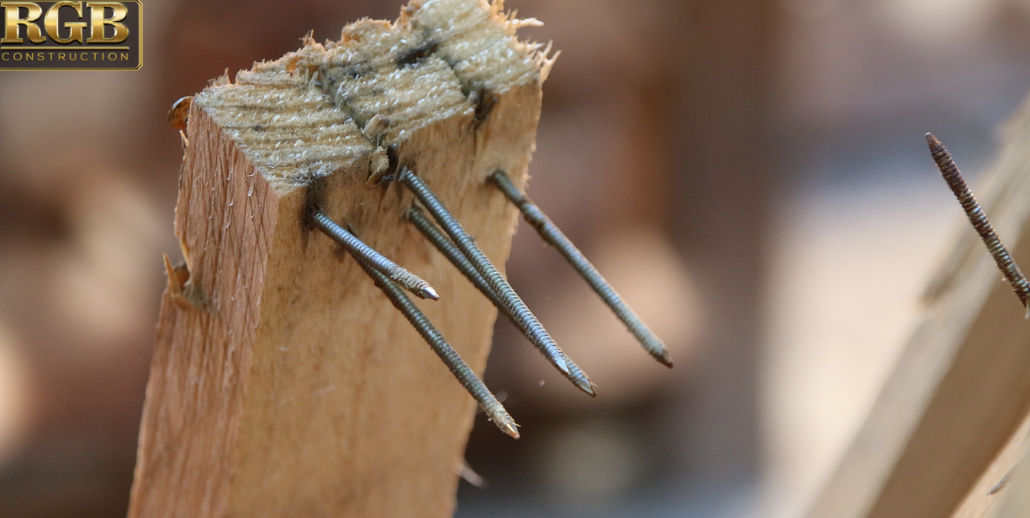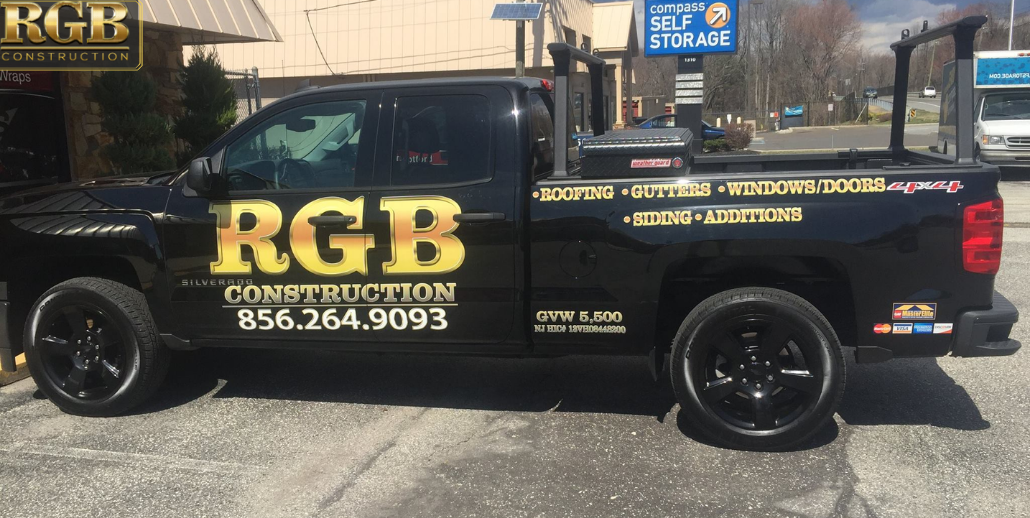When you need to work with a contractor, it can be a nerve-wracking experience for you, especially if you are not familiar with the terms. Like other professionals, these contractors will use common phrases in the industry, but these words might sound unfamiliar to you.
Before you start a construction project, you want to understand the siding process and all the building aspects of the project. While adding siding might seem like a simple process, there are a few things that you will want to know. During the project, you will hear terms like fiber cement, wood, and vinyl. Along with that, you might need a soffit, underlayment, or a fascia board for your home.
Once you understand these siding terms and how they work together, you can find the right option for your home, whether you need a replacement or repair. In addition to that, you will be able to understand those terms used by contractors or remodelers. With that, you will have an open line of communication and a smoother experience. In turn, you can get the best final product for your home.
Let’s take a look at these siding terms that you will want to know for your next project.
Backerboard
This backer board is made of cement or plywood. It is nailed to the exterior wall’s studs, and it lays between the external siding panel. Those panels are also fastened to this board.
Batten
If you have wood siding, look at the strip of wood that secures the joints. In those spots where the siding panels connect, that is where you find the batten. The batten style of siding features wooden boards with battens that fill in all those gaps. In some cases, this might be called “board and batten.”
Buttlock
On the bottom edge of the vinyl panel, you will find the buttlock that fits into the panel below it.
Caulking
Contractors use this waterproof material to seal those joints at the intersections of other materials. In some cases, the caulk is also called a sealant.
Channel
The channel is located on the part of the corner post or trim where the siding is inserted. Some contractors may refer to trim as a channel.
Course
A course is known as a row of siding that runs from one end of an exterior wall to the other end.
Drip Cap/Head Flashing
If you see an L-shaped flashing over a door or window, then that is known as a drip cap or head flashing. This component is installed to prevent moisture from seeping into those spots where the doors and siding meet up on your home’s exterior.
Face
When you look at the exterior of your home, the face is the visible part of the installed siding. The face is the finished product of your house.
Fascia Board
When you look at the area directly below your shingles, you should see the fascia board. Fascia is a wood board that runs along the perimeter of the building. In some cases, it will cover the rafter ends near the eaves.
Flashing
This thin material is often placed on a home to direct water away from those spaces where the roof and siding intersect. Flashing is composed of metal, such as aluminum, copper, or galvanized steel.
Frieze
At the top of the siding, where it connects to a soffit, you will find the decorative frieze.
Gable
Gables are often found on a roof, but your siding might extend up to these areas. This triangular space on the wall is the enclosed spot at the end of a pitched roof.
Lap
At the ends of the two siding panels, you have a lap. This area allows for the materials to contract or expand. In some modern vinyl siding options, there is a stylized pattern known as a Dutch lap. This lap also refers to the overlapping panel patterns.
Shake
Any shingle that is split from a wood or cedar log is known as a shake shingle.
Soffit
When you look at the underside of a porch, overhanging eave, or balcony, you will find the soffit.
Trim
Many contractors will use trim to provide any extra layer against moisture damage and protect against the wind. Trim is often used to stop these elements from reaching the back of the siding.
Underlayment
The sheathing that goes behind the siding is called underlayment. You will find underlayment between the siding and the house. It works to insulate your home from fluctuating temperatures.
Vertical Siding
Any exterior wall cladding that is installed in a vertical manner is called vertical siding. Many of these pieces feature upright, wide boards.
Weep Hole
Those holes drilled near the bottom part of the lowest buttlock are weep holes. The purpose of these holes is to allow any moisture behind the panels to drain out. If you paint over these holes, it can cause your siding to warp or buckle.
With these terms, you are now an expert on home siding. You can go outside and check these features on your house. This might be a great time to inspect the condition of these components. If you want to keep up the appearance of your siding, make sure to clean it on a regular basis. With a bit of maintenance, you can prevent excessive mold, warping, and cracking. Any of these problems might mean that you need to replace your siding.
Let Us Help With Your Siding Needs
RGB Construction is ready to help with your next siding project. Whether you know these siding terms or not, we will assist you through the entire process. Our siding team will consider your budget requirements and needs to help select great options for your home.
Along with that, our siding team will professionally install it for you. We can boost the curb appeal of your house with new siding. You can choose from a variety of options. If you want to schedule a consultation, please call the office at 856-264-9093.












